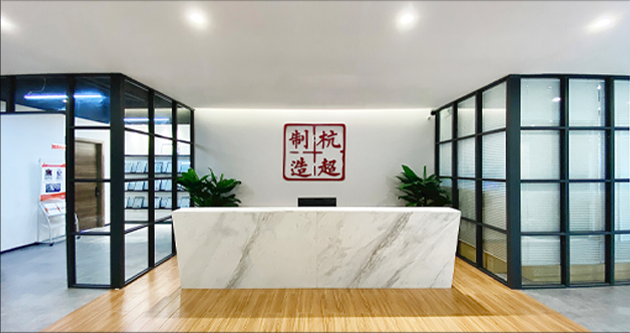
Factors to consider during food cutting
--Equipment startup time
Due to the need for a narrow blade design, the design and manufacture of ultrasonic cutting tool heads are challenging. Vibration of the blade at maximum amplitude without load sometimes leads to premature damage of the blade. Therefore, the signal from the ultrasonic generator should be synchronized with the automated machine to ensure that the blade reaches full vibration before it comes into contact with the food. Vibration prior to contact is necessary to avoid deformation of the food, which would occur due to contact with a non-vibrating cutting surface.
--Vibration amplitude
The term 'amplitude' describes the microscopic displacement of the tool head's surface vibration during cutting. Amplitude is mechanically adjusted by the ultrasonic horn and digitally regulated by the ultrasonic generator. The size of the amplitude affects the cutting process and must be adjusted to meet the needs of each application.
--Cutting speed
The speed at which the ultrasonic cutting blade enters and advances through the material being cut is also a process variable that should be adjusted for each cutting process. Sometimes it is necessary to slowly penetrate the product's outer shell to avoid deformation, and then increase the speed of the cutter within the product to achieve optimal cutting results.
--Vibration end time
Depending on the consistency of the material being cut, the completed slice may tend to adhere to the side of the cutting blade after the ultrasonic vibration is turned off. Therefore, maintaining ultrasonic vibration when removing the tool head from the product can utilize the frictionless characteristic to release the cutting blade cleaner and more consistently.
